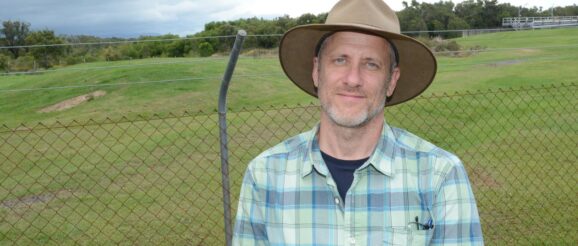‘Big innovation’: Plans for $20M bioenergy plant | Northern Star

A MAJOR bioenergy facility which would be the first of its kind in Australia has been slated for Byron Bay.
As Byron Shire Council considers the feasibility of the project, proposed for a site at the Byron wastewater treatment plant, the public have been encouraged to learn more about the proposal and have their say.
Senior project manager John Hart said the proposed facility would divert about 20,000 tonnes of organic waste produced in the Byron Shire each year.
Instead of being sent to Queensland for processing, it would be used to generate renewable electricity.
The facility would also be able to use commercial organic waste, sewage biosolids and grease trap waste from commercial kitchens.
Mr Hart said the proposal was estimated to cost $15-20 million.
The council will try to secure funding through the Australian Renewable Energy Agency.
He said AREA “invites applications or waste management and renewable energy production in Australia”.
“It’s a big innovation for a small council,” he said.
“We are going to be literally paving the way for others to follow us.
“There’s a lot of really innovative attributes to this project.”
Mr Hart said this facility would use anaerobic digestion, with bacteria breaking down the organic matter.
Methane is released, within the contained facility, and used to generate electricity.
“It’s a closed-loop carbon cycle,” Mr Hart said.
It would produce an estimated 4.5 million kWh every year, more than covering the needs of the Byron wastewater treatment plant, which accounts for about 25 per cent of the council’s electricity usage, he said.
Mr Hart said the council had no intention to use forestry waste in the facility.
Byron mayor Simon Richardson said the project would reduce the shire’s emissions, boost productivity in its sewage treatment plant, create renewable energy jobs and support the local agriculture industry.
“Bioenergy offers a smarter, local waste solution which could reduce landfill and help council to become carbon neutral,” Cr Richardson said.
“This project, whilst still in the feasibility stage, is exciting on so many levels because it is an example of a regional council stepping up and taking control of its waste with the added benefit of using that waste to generate electricity and a valuable agricultural by-product.
